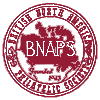The Goebel Press Era of Canadian Stamps
Ken Sargent with Leopold Beaudet
Page 1 - History | Timing | Stamp printing contract | Goebel press configuration
Page 2 - Manufacturing the cylinders
Page 3 - Producing the stamps
Page 4 - The early months | Later production
Page 5 - People behind the Goebel press | Spoilage & production
approval | Afterthoughts | Acknowledgements | References
A few years ago, Ian Kimmerly suggested I should write the story of the Goebel press in Canada since I was a key participant in that story. I now think it is time to write the story because there is no one else to do it. I would like to acknowledge the help and collaboration of Ian and philatelist Leopold Beaudet in setting the story to paper.
History
From 1930 to 1935, British American Bank Note Co. (BABN) held the printing contract for Canadian stamps. This was the era of the King George V “Arch” and “Medallion” definitives, of which most of the low values were printed on a Stickney web-fed press. It was also the era of the Grand Pré, Mt. Edith Cavell, the award-winning Jacques Cartier, and other issues. BABN printed these stamps on its own sheet-fed presses and perforated them using the McAdams wheels. BABN was also producing Revenue and Excise stamps during this period. Canadian Bank Note Co. (CBN) won the next printing contract for postage stamps in 1935 and held it for several decades.
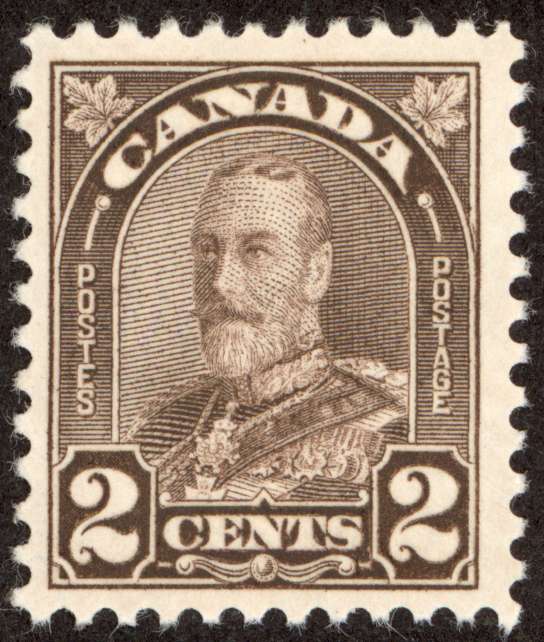
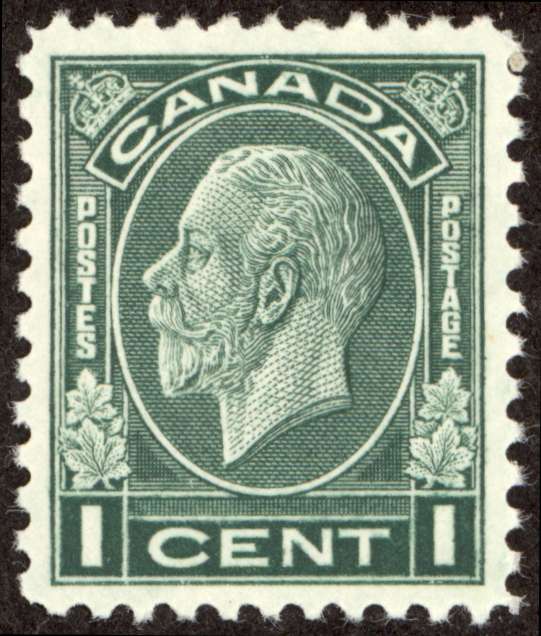
1930 KG V 2¢ brown Arch and 1932 1¢ green Medallion printed on a Stickney web-fed press. |
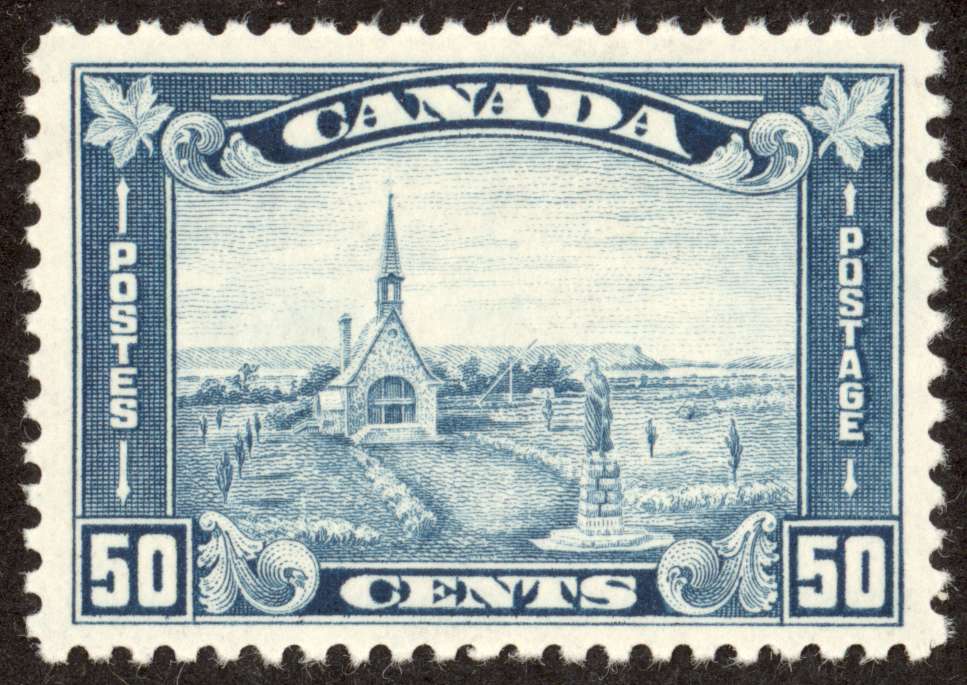
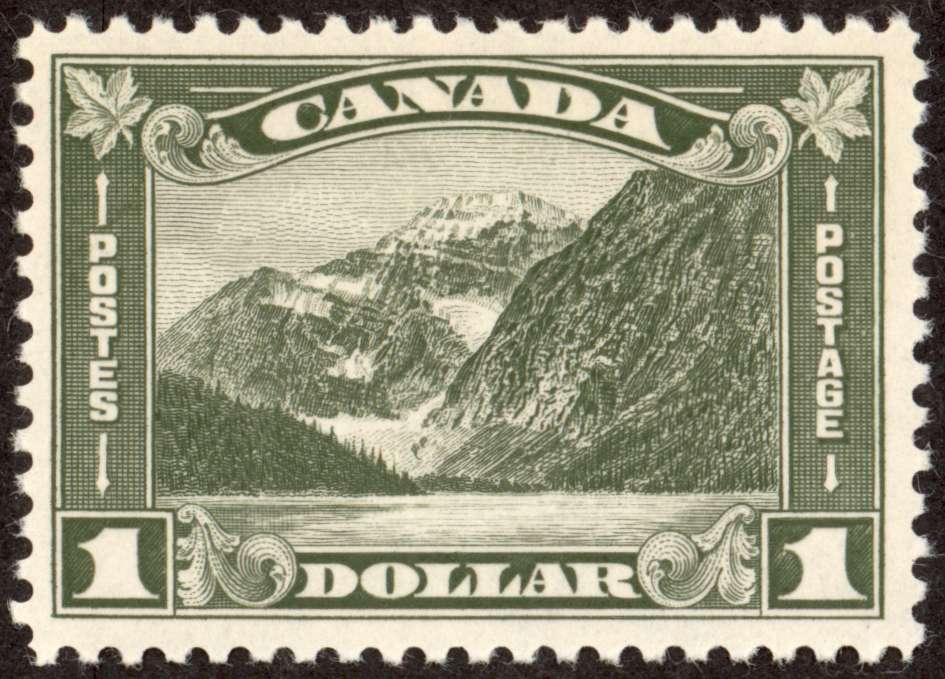
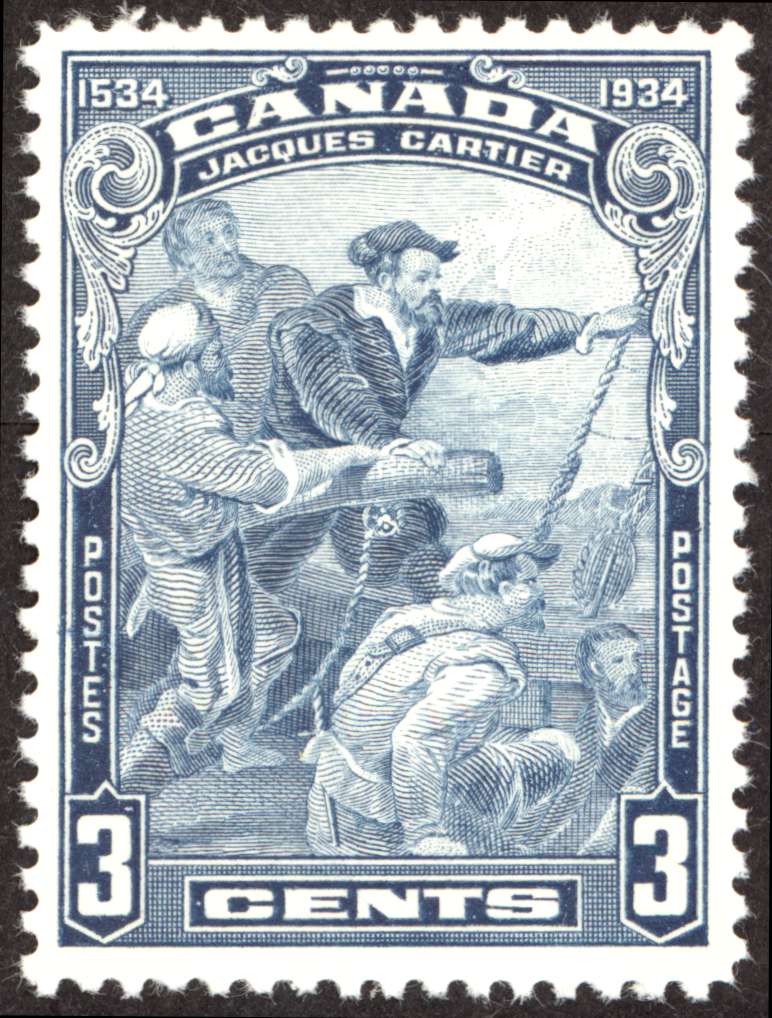
1930 50¢ Grand Pré and $1.00 Mt. Edith Cavell and 1934 3¢ Jacques Cartier printed on a sheet-fed press. |
In the early 1960s, BABN expressed an interest in bidding for Canada’s stamps, and this was favourably received by Post Office authorities. Thus, an investigation was started to determine the best way to approach this project. For many years, we had observed stamp production in the U.S. It seemed obvious we should be looking at a web-fed system rather than continue the sheet-fed process. The U.S. machines were made by Cottrell Corp. while European printers leaned toward the Goebel press. I visited the Cottrell plant in Westerly, RI, and after discussions it was evident their machine would not suit our purposes. And so we concentrated our efforts on the Goebel press made in Darmstadt, Germany. In 1966, BABN would be 100 years old, and this seemed like a good Centennial project.
Sweden had been producing all its postage items on Goebel equipment for many years. We had a relationship with them that went back many years and included supplying them with one of the Stickney presses. They welcomed us to study their operations.
While our needs were different, we had much in common. In Sweden, all stamps are produced in booklets and rolls, no sheets or panes. Also we were in a competitive pricing situation and low-cost production was important, but their techniques and experience was of great value to us. We developed a technical relationship with Harrison & Sons Ltd. in England, renowned postage stamp printers and stamp paper suppliers. We also visited the security printer Joh. Enschedé near Amsterdam that printed all the stamps for The Netherlands.
BABN had designed and built its own banknote presses for many years, and we added to our strength with an experienced web press designer and three machinists who had worked with business form machines. Leading our team were R. P. White, President, and myself. Len McGurran and Bill Eyre were the Post Office negotiators.
Timing
It soon became obvious that delivery of the press and systems we wanted would take at least two years. This was a problem for Canada Post, but it was able to negotiate an agreement with CBN that, should they be unsuccessful in a new tender, they would agree to supply stamps for a two-year period until the Goebel press was operating in Canada. This was a key factor. Without this agreement, there would have been no Goebel press in Canada.
We thought 24 months would be sufficient for our needs, based on Goebel estimates, but time would tell a different story when delays took the timing beyond the two year period.
Tax write-offs for the new equipment in effect at that time were useful in our cost justification calculations. I think we paid for the press in 24 monthly installments while the equipment was being manufactured.
Our tender for the stamp printing contract
Many hours were spent trying to determine prices to submit to the Post Office for the various categories. We had no idea what the existing prices were. Our configuration was for a two-pane wide layout for which there was no comparison. We knew the theoretical press speeds, but there were many unknowns such as start-up times and spoilage. We had to guess at wage rates and manning, having decided there would be great difficulty pre-negotiating these matters. Our printers were trained on sheet-fed presses. How would they adapt to a complicated web press? Did they have the necessary skills? So we submitted our proposals with a lot of faith, knowing many unknowns were ahead.
Later on, the press crew was negotiated to be two plate printers and one printer’s helper regardless of the configuration. Initially the printers earned a 10% premium but this was later incorporated into their overall rate to allow selection of pressmen without regard to seniority.
In our proposal, we had to assume that, in the long run, production on this single, multi-purpose machine could be scheduled to meet all requirements. Unfortunately in those early months, the Post Office wanted to get going on all items in tender at once, especially commemoratives, and this created many problems in getting started.
BABN was successful in its tender for the following items:
- The first class rate definitives in panes of 100
- The medium value and high value definitives
- The stamp booklets
- The aerogrammes in two-colour gravure
- The opportunity to quote on all commemorative issues
CBN was awarded the contract for stamps issued in roll format.
It was exciting for everyone in the Company to know we would be bringing to Canada an entirely new production system for printing stamps. For over a decade after the tender was awarded, the Goebel press was the workhorse for Canadian low and medium values definitives in sheet and booklet format. It was also used to print many commemoratives over a twenty-year period.
Press configuration
The Goebel press that BABN procured was a model BRNST-500, with the 500 giving the maximum paper width in millimeters. It consisted of the following:
- One steel-engraved printing cylinder unit with three ink fountains for multi-colour stamps
- Four gravure printing cylinders
- One platen die-perforating unit
- An intaglio ink-drying system
- A sheet delivery and counting system for panes
- A roll delivery system for booklets and rolls
Auxiliary equipment consisted of:
- A Rotary Transfer Machine to produce intaglio cylinders
- A Goebel booklet machine that merged cover stock with rolls of stamps
- A Booklet Criss-Cross machine to prepare booklets for the vending machines in use at that time
- An Electrostatic Assist device, which was added to the press to minimize the effect of electrostatic buildup
I recall the cost was about $6 million.
The Post Office agreed the stamp sizes would be 24 x 20 mm, 24 x 30 mm, and 24 x 40 mm or multiples of these. The Goebel press was very rigid in this regard due to the platen perforation system.
Page 1 - History | Timing | Stamp printing contract | Goebel press configuration
Page 2 - Manufacturing the cylinders
Page 3 - Producing the stamps
Page 4 - The early months | Later production
Page 5 - People behind the Goebel press | Spoilage & production
approval | Afterthoughts | Acknowledgements | References
About the author
Ken Sargent received a B. Sc. in Chemical Engineering from the University of Saskatchewan. In 1947, he came to BABN and began a 38-year career in the security printing industry. At the time of the Goebel press acquisition, he was Vice-President and General Manager. Ken was President of the Company for seven years prior to his retirement in 1985. He was a friend and supporter of the philatelic community as evidenced by a letter from Richard Malott on the occasion of his retirement.
Copyright © 2010 Ken Sargent and Leopold Beaudet
Web design copyright © 2013-2024 The British North America Philatelic Society.
The documents on this website are for informational and non-commercial or personal use only.
Documents on this website shall not be used on other websites or for commercial purposes without permission.
This page was last modified on 2016-08-25
